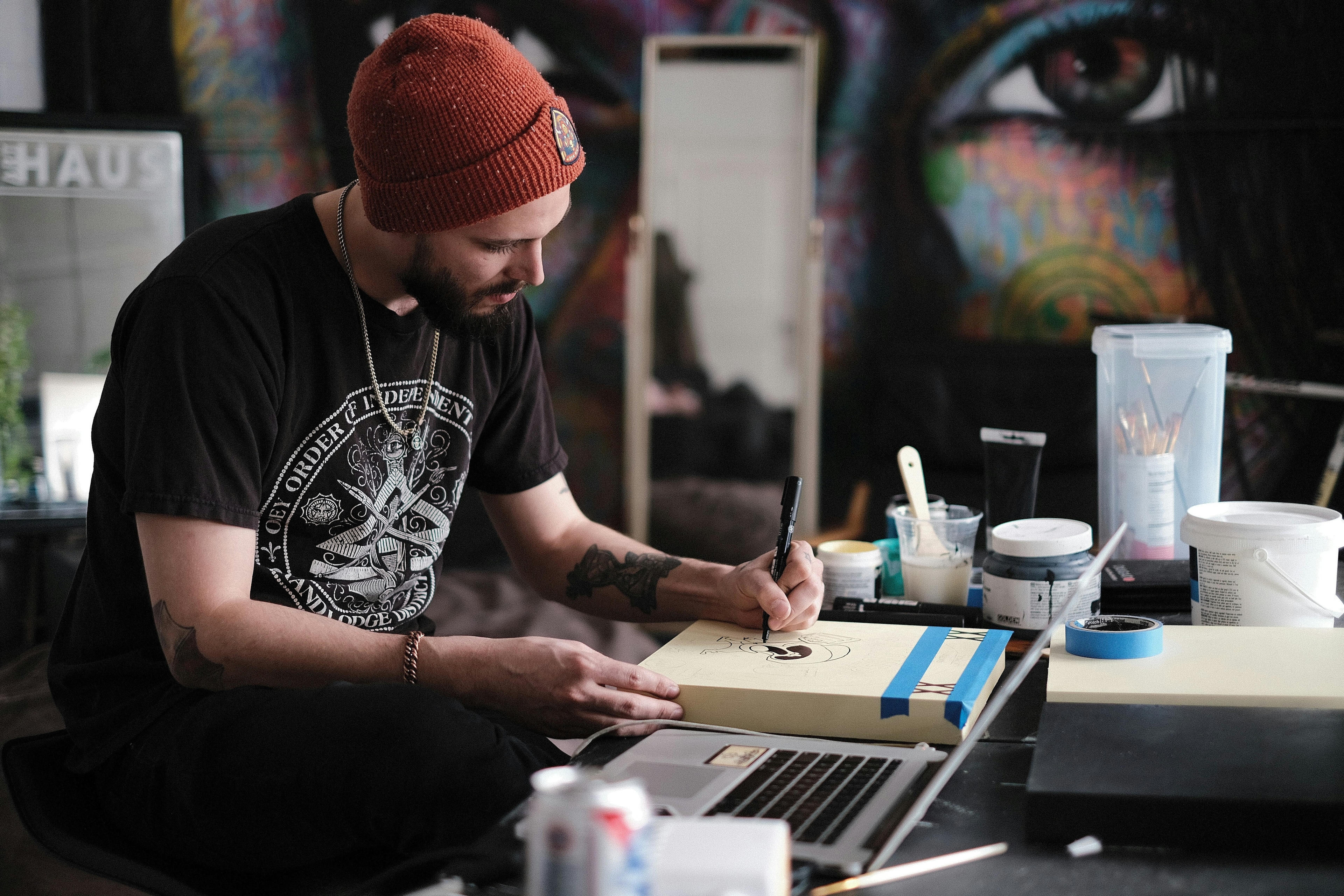America, slavery and how museums can help to heal fractured societies

Reflections: A woman visits the National Museum of African American History and Culture Image: REUTERS/Kevin Lamarque

Get involved with our crowdsourced digital platform to deliver impact at scale
Stay up to date:
Systemic Racism
Watch the Race against Racism session at the World Economic Forum's Annual Meeting 2017 here.
The past is all that makes the present coherent - James Baldwin, Notes of a Native Son, 1955
This is clearly a time of worldwide social upheaval and rapid political and economic change, often a change that is not for the good of the majority of a nation’s population.
These geopolitical forces threaten decades of hard-fought progress for women, minority, and immigrant groups. In the face of these challenges, how can we keep moving towards more socially cohesive societies that promote the wellbeing of all peoples?
Often omitted from the potential solutions and strategies are cultural institutions such as museums. Museums are the undervalued glue that helps to bind a nation together, and as such are the keepers and possibly the shapers of national identity. Equally important are the roles museums play in providing spaces where divisive issues can be addressed and debates given context.
You can tell a great deal about a country or a people by what they choose to remember, to memorialize in museums or monuments. You can learn even more by what a nation chooses to forget and tries to erase from memory. More than 50 years ago, the philosopher Frantz Fanon presciently wrote that if you “destroy the culture, you destroy the people.” A sentiment very much alive in many parts of the globe. Museums and cultural institutions play critical roles in how countries define themselves and how they wrestle with issues of identity and inclusion.
At the heart of the American experience, and throughout the globe, is the issue of race and equality. We will never be able to understand or address this issue until we come to terms with the past.
James Baldwin wrote that people trapped in a history that they do not understand can never be released from that history until they grapple with it, until they understand it. Museums can challenge the assumptions, the histories that weigh us down, that impede change. At the Smithsonian, our museums are spaces to struggle with the complexities of history and the contemporary resonance of the past. All too often, people are given simple answers to complex questions that assuage their political anger and reconfirm their worldview. Museums can help the public grapple with ambiguity so that complexity and nuance are not strangers to political discourse.
The placement of the new National Museum of African American History and Culture is juxtaposed with the Washington Monument on the National Mall; its glimmering bronze corona offers a visual contrast to the surrounding white buildings. Last September, former President George W. Bush stood on the dedication stage of the museum and declared, “A great nation does not hide its history. It faces its flaws and corrects them. This museum,” he explained, “tells the truth that a country founded on the promise of liberty held millions in chains.”

The museum’s exhibitions—covering more than 400 years of history—illuminate the dark corners of American history and the foundational role that slavery played in the creation of the United States. By better understanding how the legacy of slavery has shaped our struggle for racial equality, we can collectively remember, acknowledge, learn, and perhaps ultimately, begin to heal and reconcile race relations in our country.
At NMAAHC we have had 700,000 visitors come through our doors since our opening in September of this year. We have a tremendous opportunity and responsibility to greet these people with exhibitions that reflect a multiplicity of American perspectives and experiences, all woven together into a series of stories that tell the unvarnished truth about the American experience, as well as illuminating the universal human quest for equality and hope.
Our 35,000 objects have been entrusted to us by individuals, families, communities, and fellow museums from around the United States and around the world. Each of these objects tells a story about the African American experience, yes, but also about our global society. These artifacts — the bible belonging to Nat Turner, an enslaved African American who led an uprising and was subsequently executed; the shawl of Harriet Tubman, who escaped slavery, led others to freedom and campaigned for women’s suffrage; or ballast from a slave ship discovered off the coast of South Africa—are part of our global cultural patrimony.


Just as we must work together to protect cultural heritage under siege in Syria, Iraq, or Nepal, we must also safeguard both the everyday and extraordinary mementos of our histories. Museums can protect these items within our walls and ensure that the stories they hold are told and shared.
We also have a responsibility and opportunity to work with our international peers to protect and support cultural heritage that is often unseen or underappreciated: memories of disappeared towns and communities, or histories of peoples forbidden the privilege of the written word. The evolution of African American history in the United States often intersects with the stories of immigrant groups who came to this country seeking freedom and opportunity, and found the reality often at odds with the dream. This is not a uniquely American story, but one that resonates around the world.
“Rob a people of their sense of history and you take away hope,” wrote Wyatt T Walker in 1967. Museums have a unique opportunity to define reality, contextualize the present and give hope. My hope is that economic and political leaders avail themselves of the power and possibilities that emanate from museums.
Don't miss any update on this topic
Create a free account and access your personalized content collection with our latest publications and analyses.
License and Republishing
World Economic Forum articles may be republished in accordance with the Creative Commons Attribution-NonCommercial-NoDerivatives 4.0 International Public License, and in accordance with our Terms of Use.
The views expressed in this article are those of the author alone and not the World Economic Forum.
Related topics:
The Agenda Weekly
A weekly update of the most important issues driving the global agenda
You can unsubscribe at any time using the link in our emails. For more details, review our privacy policy.
More on Arts and CultureSee all
Robin Pomeroy
April 25, 2024
Joseph Fowler and Amilcar Vargas
April 18, 2024
Robin Pomeroy and Sophia Akram
April 8, 2024
Faisal Kazim
April 3, 2024
Robin Pomeroy and Linda Lacina
March 28, 2024






